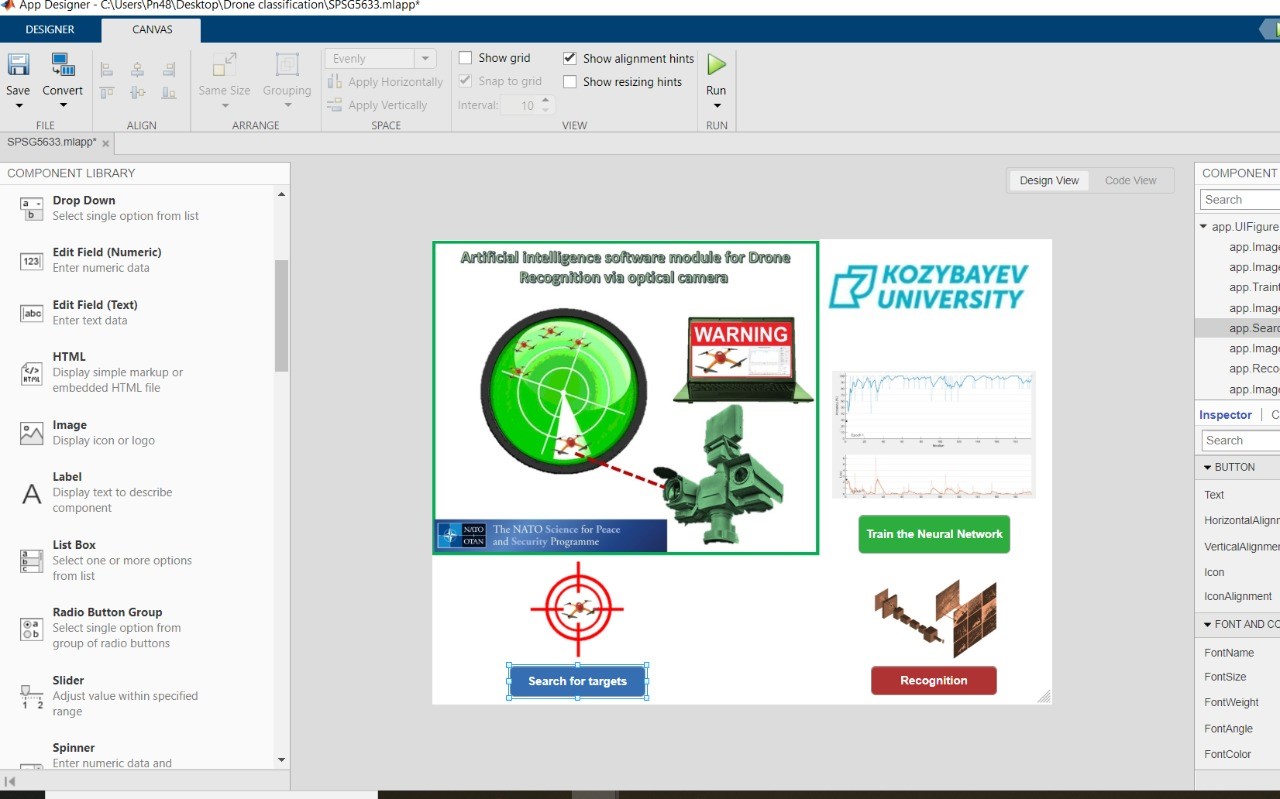Yesterday, on October 31, 2025, Astana hosted the International Forum of Strategic Partners "Kazakhstan — the territory of Academic Education", at whi читать далее
Quotation gallery
Awaken people's curiosity. It is enough to open minds, do not overload them. Put there just a spark.
Faculty News
On August 28, 2025, an important event dedicated to the 30th anniversary of the Constitution of the Republic of Kazakhstan was held in the conference читать далее
On June 30, 2025, the Faculty of History, Economics and Law held the final meeting of the Faculty Council this academic year. The council summed up th читать далее
On June 26, 2025, a Field Day was held at the production sites of LLP "Service-ZHARS" (Kyzylzhar District, North Kazakhstan Region) on the topic: "Eff читать далее
Кафедра «Казахский язык и литература» Института языка и литературы Северо-Казахстанского университета имени М. Козыбаева 19 июня 2025 года проводит Ме читать далее
Congratulations to Tamerlan Aikenov, a graduate of Economics, on his high sporting achievements! In April 2025, Tamerlan took part in the 2025 World читать далее
A solemn event dedicated to the Day of the Medical Worker was held at the North Kazakhstan University named after M. Kozybaev at the medical faculty. читать далее
from May 28 to May 30, 2025 a joint international scientific and practical conference was held In the coloborations of the Center for Public Health a читать далее
19.05.2025 г ППС и магистранты Агротехнологического факультета приняли участие в научно-практическом семинаре по селекции зерновых культур. Спикерами читать далее
Международное сотрудничество и обмен опытом – еще одна стимулирующая составляющая по привлечению молодежи в научную деятельность и развития научного п читать далее
Development of a Neural Network Model for UAV Recognition through an Optical-Electronic Channel Integrated into the Data Fusion System
This research is funded by the Science Committee of the Ministry of Science and Higher Education of the Republic of Kazakhstan (grant No. AR19679009).


Project Manager: Kurmashev I.G., Candidate of Technical Sciences.
Project Performers: Kurmashev I.G., Candidate of Technical Sciences, Serbin Vasily Valeryevich, Candidate of Technical Sciences, Arrichiello Filippo, Doctor of Technical Sciences, Semenyuk V.V., Master, Alyoshin D.V., Master, Kryuchkov V.N., Master, Kurmasheva L.B., Master.
Implementation period: 2023 – 2025.
Project goal: To develop a software model for UAV recognition based on neural networks, adapted to the "FMCW radar + video surveillance" platform, performing high-quality and highly accurate recognition, classification, and differentiation of these objects from birds by analyzing the optical channel and micro-Doppler characteristics of the target. Expected outcomes: Development of a software model for UAV recognition based on algorithms of two types of neural networks, adapted to the optical and radar channel of the "FMCW radar + video surveillance" system. Project description: The project idea is to create a neural network software model, one part of which is designed for UAV recognition through radar imaging of micro-Doppler signatures, ensuring more accurate classification of drones and birds. The second segment of the software model defines a neural network application for UAV recognition through video data and photo images of objects in the airspace (quadcopters, "flying wing" UAVs, birds, etc.). The unique feature of this development lies in its adaptation to an Anti-Drone radar system with a software-hardware platform based on "Radar + Optical Channel" as an automation element for UAV recognition using two detection channels. The performance and effectiveness of the developed software model depend on the characteristics of the radar system and optical camera, making the selection and justification of the radar model and surveillance tool a key task. Additionally, the project will present the mathematical characteristics of radar signal reflection from targets with vibration sources, determining Doppler indicators for recognizing flying objects (UAVs and birds). The structural description of the Data Fusion system, into which the developed software model is integrated, along with the characteristics of the neural network algorithms serving as the basis for classification and recognition software within the research framework, will also be provided.

